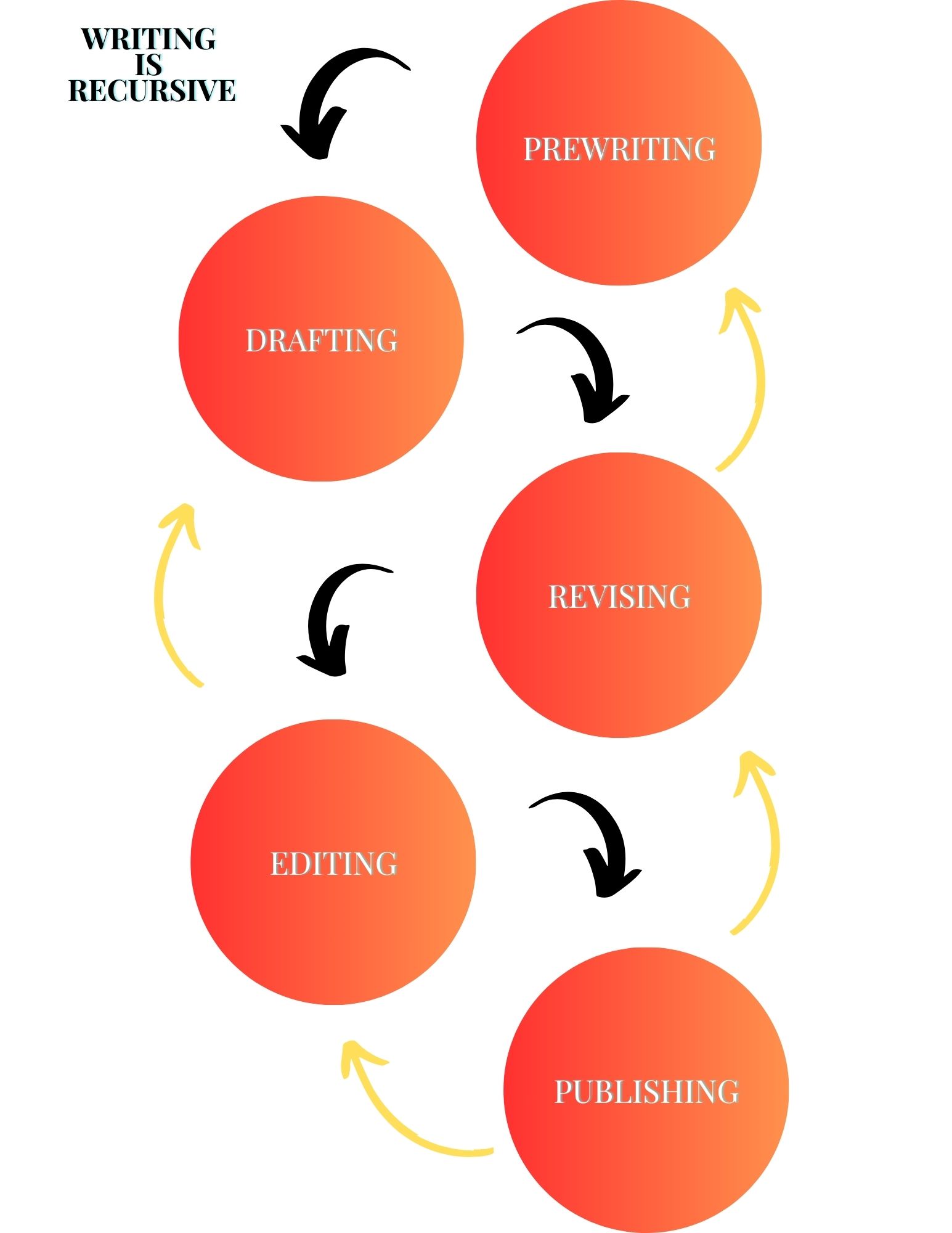Introduction
Mary Shelley’s Frankenstein is a Gothic/Romantic novel dreamt up by an 18-year-old Shelley after a rigorous debate about moldy cheese between her husband and his colleague Lord Byron. Having been put to a challenge, Shelley wrote a story to show her literary dominance, and out of her momentary brilliance popped the immortal Frankenstein, a story of a God-complex, madness, and love.
Today on the blog, we are going to examine how Shelley’s novel fits the description of the gothic genre.
What is the gothic genre?
The gothic genre, originating in the 18th century, is a literary and artistic movement characterized by the mysterious, supernatural, and macabre. Similarly, it often features eerie settings such as ancient castles, gloomy landscapes, and decaying mansions to create an atmosphere of suspense and dread.
The genre frequently explores themes of madness, death, sin of the spirit, and the unknown. As such, readers often find tales of haunted protagonists encountering ghosts, monsters, or other supernatural elements.
Gothic texts delve into the darker aspects of human nature, exploring the psychological and emotional realms while often incorporating elements of horror and romance.
Brief synopsis of Frankenstein
Frankenstein is about the hubris of creation and about ignoring responsibility as a creator and the ramifications of those actions.
The novel follows Dr. Frankenstein as he tells his story of obsession to a ship captain, which details the doctor’s search for the secret of life. Frankenstein achieves his goal by bringing back to life to an abomination that terrifies him enough to cause the doctor to flee in terror.
After the monster educates himself in solitude, he returns to the doctor to ask for the creation of a mate, as abject loneliness has consumed his life. Dr. Frankenstein agrees–only to destroy the second monster at the last moment (due to moral quandaries of the soul), which enrages the monster. Afterward, the monster then sets itself about murdering Dr. Frankenstein’s loved ones in retribution, and he adeptly completes this grim objective.
Therefore, Dr. Frankenstein gives chase to destroy the monster, and after a long pursuit through the desolate, cold Arctic, Dr. Frankenstein succumbs to sickness and dies aboard the ship of Captain Robert Walton, who was bound for the North Pole. The monster, having returned to find Dr. Frankenstein dead, decides to end his own life by traveling as far north as possible and into the freezing ice.
How Frankenstein fits the gothic genre
- Setting
First, it fits the genre through its atmospheric setting, thematic elements, and exploration of the macabre. That is to say, the novel unfolds against a backdrop of desolate landscapes, from the icy vastness of the Arctic to the isolated laboratories where Frankenstein conducts his experiments. These settings contribute significantly to the Gothic atmosphere, which gives the reader a sense of loneliness and terror that is characteristic of the genre.
- Themes
The thematic elements in Frankenstein align closely with gothic conventions. The narrative delves into the consequences of scientific ambition (becoming God), as Frankenstein’s relentless pursuit of knowledge leads to the creation of a grotesque and tormented monster.
The novel grapples with existential questions surrounding life and death, morality, and the limits of scientific experimentation (think about how vivisection was in vogue at one point). Shelley’s exploration of the darker facets of human nature, the consequences of playing god, and the impact of isolation on the psyche all resonate with Gothic sensibilities.
- Tropes
Moreover, the novel incorporates gothic tropes such as the supernatural and the grotesque. Frankenstein’s creation embodies the macabre—a stitched-together amalgamation of body parts brought to life through untested knowledge. The monster’s existence as an outcast, rejected by society, adds a layer of tragedy and horror, reflecting the theme of the monstrous and the misunderstood, which factors in the gothic genre.
- Tone
The gothic tone is further enhanced by the sense of dread and impending doom that flows through the narrative. Frankenstein’s descent into madness and the haunting pursuit of revenge by his creation contribute to the overall atmosphere of suspense and horror. Furthermore, the pacing is tied to the novel’s structure, as there are embedded tales told by characters, and a slow build to the climax, that adds layers of complexity, reinforcing the gothic tradition of intricate and mysterious storytelling.
In conclusion
In summary, Frankenstein embodies the gothic genre through its settings, themes, tropes, and overall tone. These elements achieve a legendary status in the novel due to Shelley’s ability to weave her narrative with intelligence and empathy. Frankenstein is a quintessential gothic novel, and it will continue to be the reference point for future authors of the genre for many years to come.







